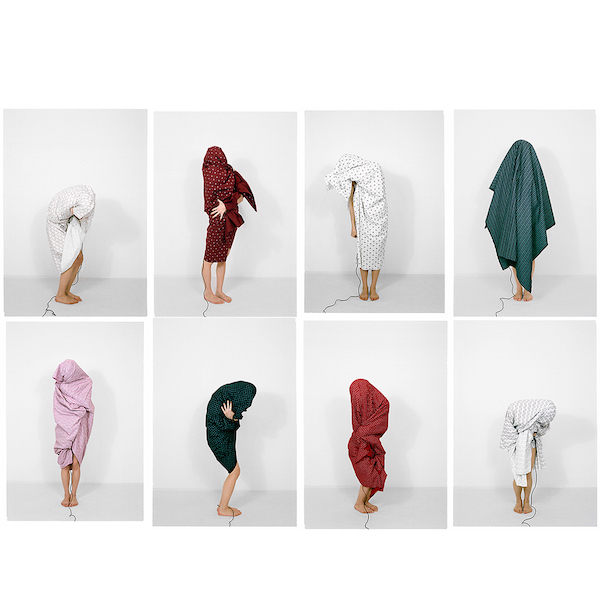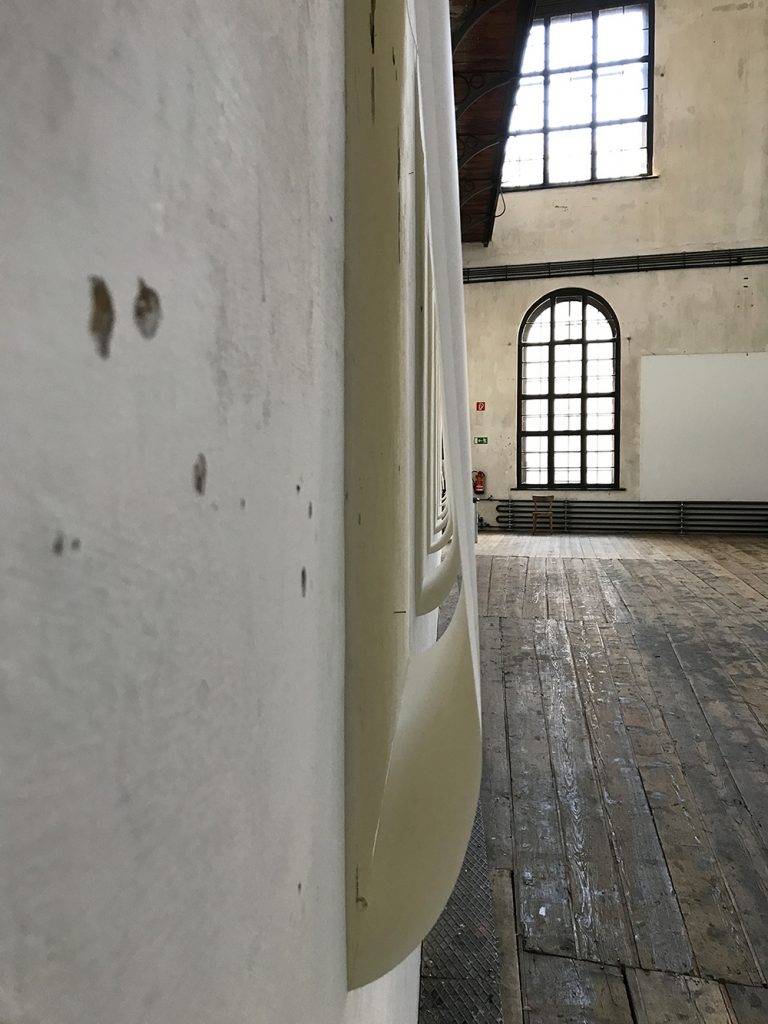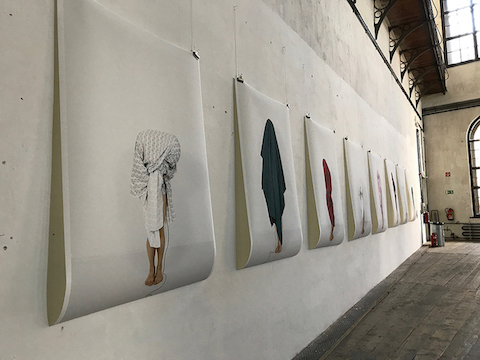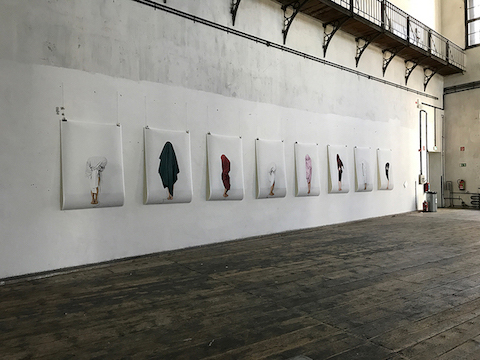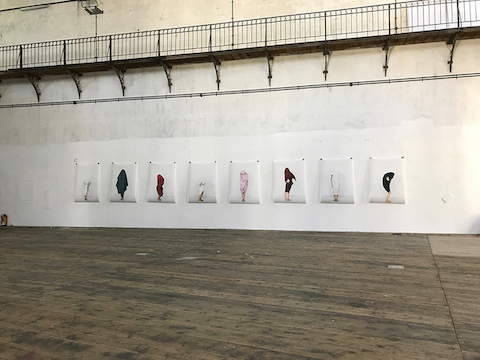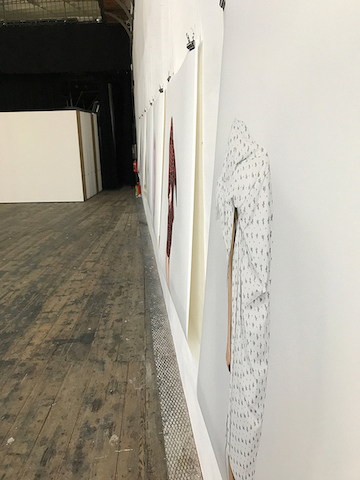… natürlich Stapf, 2011
diploma | academy of fine arts Vienna
„The clan“ Stapf „has been established in Imst (Tyrol) since the 17th century. Christoph Stapf had already built a hand weaving mill here in 1615. The descendants of Christoph Stapf were generally called the „Stoffler“ in Imst. The Stapf-Textil company, a factory that has been producing since 1843 dirndl & traditional fabrics and tablecloths, woven and printed fabrics and all sorts of related textile, still exists today. “ (Text, October 1981)
„After the bankruptcy in 1992, the textile factory was taken over by an outside company and newly founded. Since 1993, no direct descendant of the Stapf family has been involved in this company as a shareholder, but the name has remained the same. “ Quote, Walter Paral, current CEO
Based on my own surname as an identification area, this photo series deals photographically with the body as a medium.
The basis of my work is the examination of one’s own family history. Both my grandfather and my father worked in the company until 1984. I’ve always been surrounded by these fabrics and their traditions. This work is like a photographic autobiography.
The focus is on the the self-staging. A performance only for the camera, isolated & intimate, it is made accessible to the viewer only through photography alone and so made tangible.
The movements are imaging and intuitive, they combine with the fabrics to different gestures. The fabrics nestle around the female body, encasing and guarding it, making me almost disappear underneath it. This creates a symbiosis of materialism and humanity, a dynamic between substance and body. The conscious use of analogue photographic material is a combination of a tactile element and an action – photography and body. Similar to a film, physical and material coincide, creating a space between haptic and image that focuses on the process, on the conscious and intimate image construction. The individual repetitions of the patterns on the fabrics, as well as the grain of the film material are superimposed.
The body becomes a projection surface, the fabrics used are a noticeable element and the femininity assigned to them adorns and decorates the body.
Photography serves as translation tool and stage. The use of the self-image as a critical artistic practice allows one to explore identity concepts through different aspects of presentation. Conventional family reproduction meets free and self-determined self- production, structure meets space.
The symbolically charged aesthetics create certain associations that want to hide the female body as a potential source of pleasure, but also leaves some space open for interpretation. Moreover, these photographs are also intended to address the problematic relationship between appearance and identity, as well as the body codes that are firmly anchored in the cultural space in which we are embedded.

